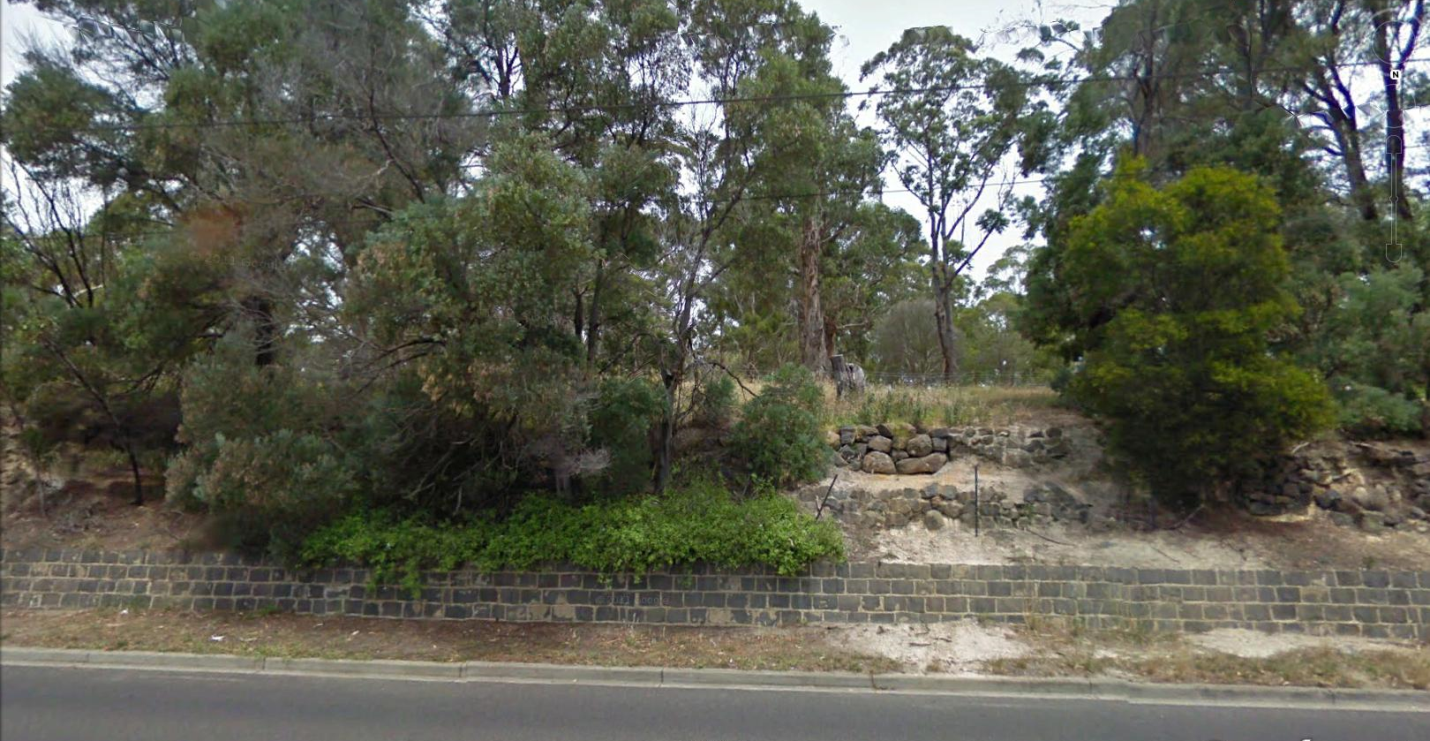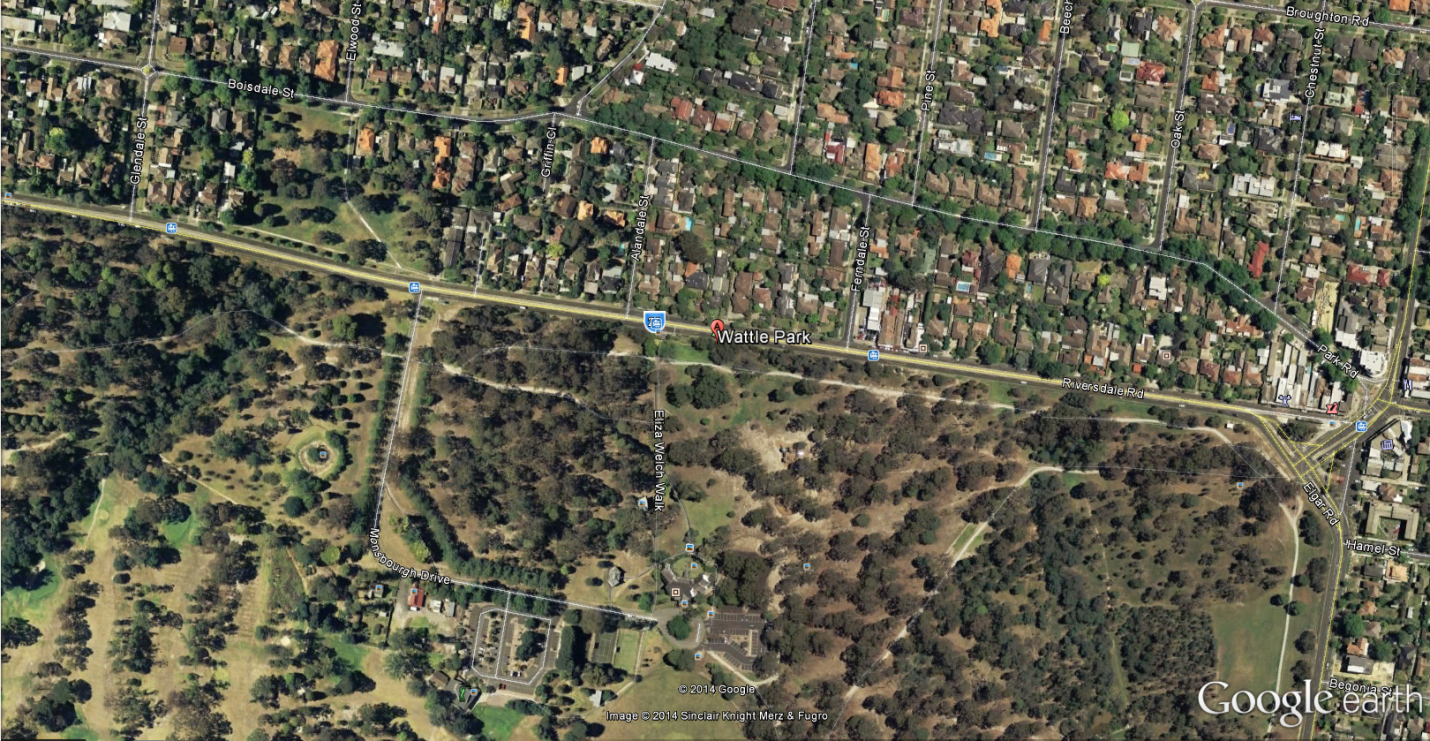Introduction: Wattle Park in Melbourne
Australia has long been known as a place with unique flora and fauna. Much to their credit, the local residents have done everything possible to keep the wonders of the Australian nature intact – the state has a range of national parks, and the Wattle Park in Melbourne is one of the most well known and frequently visited of them all.
Despite the fact that a range of actions have been undertaken in order to preserve the park and its unique species, due to the absence of the sustainability concept on the park management strategy, the number of endemics is declining rapidly (Austin et al. 2004).
By adding the sustainability principles into the park management process and focusing closely on the effects of tourism, as well as the allocation of the park resources, poor water supply being the key to the current deplorable state of the Wattle Forest (Austin et al. 2004), one will be able to improve the structure and function of the Wattle Park, which leave much to be desired at present.
In the course of the evaluation of the Wattle Park and its environment, the complex method of a comparative and descriptive analysis was used. After comparing the initial state of the Wattle Park to its current environmental state, the information regarding the key sustainability problems was acquired.
In addition, by analyzing the structure of the park, learning the function of its elements and, thus, establishing the links between several elements of the park’s ecosystem, i.e., the soil, the groundwater, the grass canopy, the tree, etc., it became possible to track the source of the problem triggered by the change in the park’s ecosystem and suggest the means of solving it efficiently.
Assessment: Wattle Park Landscape Perspective
Located in the Burwood suburbia, the Wattle Park was originally called so due to the large amount of wattle trees growing in the area. Though as time passed, the number of wattle trees has been reduced considerably, the name remained the same. At present, the park still has a unique landscape, which has, unfortunately, been shrinking since the park was turned into a recreation area, with the number of facilities for the visitors and the rate of tourists growing every year.

The trees planted in the park are predominantly small and non-mature (Wattle Park n. d., para. 3). The given feature of the park can be explained by the specifics of the Australian climate – because of the frequent draughts, large trees are underrepresented on the continent (Natural levels of forest age-class variability on the Alberta-Pacific FMA n. d., para. 4).
The variation of patch size is rather small; for the most part, the area of the park is rather homogenous, which allows for the increase in the population of the species that the park is inhabited by. For instance, the relatively small size of the vegetation patches predetermines that the premises for kangaroos population increase should be created, as the recent researches say (Lowland native grassland n. d., p. 32).
It should also be kept in mind that the park surface is covered with grass and wildflowers, including kangaroo and wallaby grass. The park also features a very specific type of soil.
Unfortunately, due to the recent issue regarding inappropriate waste disposal, which was triggered by uncontrolled tourism and local industries (Hazardous waste dumped in national park 2013, para. 2), the existing types of soil, which used to be very rich, have now become very scanty due to the soil erosion (Dragovich 2012, p. 114), with most of the minerals and the elements that plants depend on vanishing from it. One can expect, though, that, with the restoration of the soil in the park, it will become possible to improve the state of the local ecosystem.
Wattle Park Analysis: Structure, Function and Change
Structure: ridged and patched
Speaking of the structure of the landscape, one must mention that the park is represented predominantly by rocky areas with a sandstone foundation. Seeing that there are quite a few mountains in Australia, and the surface of the continent is far from being even, the structure of the park can be defined as rather rocky.

Taking a closer look at the structure of the park and comparing it to what one could observe several decades ago, one must admit that the park has undergone a rage of changes before it shaped into what people can observe nowadays.
First being introduced to the local residents as a natural shrine for the unique endemics, it was later on nearly destroyed by “one of the worst bush fires in the history of Australia” (Wattle Park n. d., para. 3) and destroyed almost entirely. After the forest was partially restored, a transition to the sustainable forest management was carried out, which seemed the most reasonable step to take.
It should be noted, though, that at present, due to the increasing rates of tourism, the Wattle Park is currently under threat once again. It is essential that sustainable tourism principles should be integrated into the park management process; otherwise, a rapid deterioration of the forest, primarily, its understory, will follow. To be more exact, water and air pollution, which uncontrolled tourism will inevitably lead to, will trigger the pollution of groundwater.
The latter will affect the growth of plants and trees, not to mention the fact that the soil destruction will ensue from the groundwater pollution and the uncontrolled waste disposal. The given changes are especially noticeable when evaluating the changes in the park’s understory.
The vegetation dynamics indicates that the fires, which the park used to be exposed to in the recent past, have played quite a favorable role in the understory development by promoting “coexistence of multiple heathland states” (Keith & Tozer 2012, p. 181). Despite the attempts of the ecologists to increase the amount of understory areas, the number of shade-tolerant understory species is slowly declining. As a result, the biodiversity of the park is declining.
Function: keeping the balance
At present, the Wattle Park landscape performs several key functions rather successfully. To start with, the landscape provides the environment for a range of species to inhabit. This concerns not only animals, but also plants; for instance, the existence of such an endemic as rock wabbler (Wheeler & Marchant 2007, p. 393) is currently endangered, and the change in its natural habitat at the Wattle Park is not going to increase its population.
Another important function of the Wattle Park landscape concerns the life support values. With the decline in the number of trees and grass canopy, the production of oxygen and the carbon fixation will be slackened, which means that the global warming process will be enhanced to an even greater degree (Bolliger & Kienast 2010).
The question is, however, whether the landscape of the Wattle Park will retain its capacity to perform the functions listed above if the currently adopted park management plan remains unchanged. It is obvious that, with the shrinkage of the number of small trees and bushes, as well as a lack of tall trees, the habitat of a number of species will change dramatically.
For instance, the key function, which concerns providing its inhabitants with the environment that is suitable for their life and reproduction, will be terminated. As a result, the park as the realm for the endangered species, such as unique types of fungus (Wattle Park n. d.), will cease to exist and, instead, another deserted spot will appear on the Australian landscape.
Change: sustainability is the key
As it has been stressed, due to the decline in the number of trees, as well as the groundwater contamination triggered by the uncontrolled tourism, the Wattle Park in Melbourne is currently going through a crisis. The number of species in the park has gone down by several percents, which is obviously a reason for concern (The vertebrate fauna of Royal & Heathcoat National Parks and Garawarra State Conservation Area 2011).
Indeed, according to the recent report, the existing vegetation of the Wattle Park is also becoming depleted (The vertebrate fauna of Royal & Heathcoat National Parks and Garawarra State Conservation Area 2011). Apart from the lack of control over the tourism process, the problem can also be attributed to the improper management of the park streets (The vertebrate fauna of Royal & Heathcoat National Parks and Garawarra State Conservation Area 2011).
As the report states, the current allocation of trees along the streets requires a thorough reconsideration (The vertebrate fauna of Royal & Heathcoat National Parks and Garawarra State Conservation Area 2011). Being very scanty at present, the trees do not allow for the grass canopy to grow rich enough. Meanwhile, a range of species, including both plants and animals, require shadowy areas to live in.
Addressing the issue, one must specify the significance of sustainability as the basis for further strategy for the improvement of the park state. Seeing how the landscape of the park is rapidly transforming into the environment, in which the Australian endemics cannot possibly survive, one must improve the current tourism standards.
Basis for Understanding Principles in Landscape Ecology
The analysis carried out above provides a solid basis for understanding the principles in landscape ecology. First and foremost, the analysis of the Wattle Park has shown that the link between the elements of a particular ecosystem, the Australian one in the given case, is very strong; once one of the links is removed, the entire system is falling apart. In addition, the analysis has proven the significance of the sustainability principle.
Conclusion: Ecology and Environment Protection
The evaluation of the changes that the Wattle Park has gone through over the years of its existence shows the necessity for introducing the key concepts of sustainability – particularly, sustainable tourism – into the park management process. Considering sustainability the ultimate salvation of the problems that the Wattle Park landscape changes have triggered will be wrong.
However, sustainable tourism, which presupposes that a more thoughtful approach towards tourism rules and principles should be introduced (Dragovich 2012), will help prepare for taking more active steps towards improving the ecosystem of the park, including planting new trees, irrigation system, waste management, etc.
Reference List
Austin, A. D., Yeates, D. K., Cassis, G., Fletcher, M. J., Salle, J. L., Lawrence, J. F., et al. 2004, ‘Insects ‘Down Under’ – diversity, endemism and evolution of the Australian insect fauna: examples from select orders,’ Australian Journal of Entomology, vol. 43 no. 3, pp. 216–234.
Bolliger, J. & Kienast, F. 2010, ‘Landscape functions in a changing environment,’ Landscape Online, vol. 21, no. 1, pp. 1–5.
Dragovich, D. 2012, ‘Visitor attitudes and erosional impacts on the Coast Walk, Royal National Park,’ Proceedings of the Linnean Society of New South Wales vol. 134, pp. 113-118.
Hazardous waste dumped in national park 2013. Web.
Keith, D. A. & Tozer, M. G. (2012). Vegetation dynamics in coastal heathlands of the Sydney Basin. Proceedings of the Linnean Society of New South Wales 134, B181-B197.
Lowland native grassland. Web.
Natural levels of forest age-class variability on the Alberta-Pacific FMA. Web.
Wattle Park. Web.
Wheeler, J. R. & Marchant, N. G. 2007, ‘A revision of the Western Australian genus Agonis (Myrtaceae) and two new segregate genera Taxandria and Paragonis,’ Nuytsia, vol. 16, no. 2, pp. 393–434.